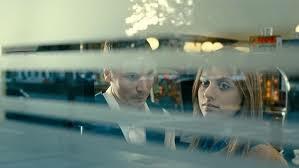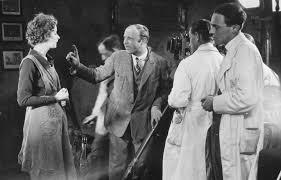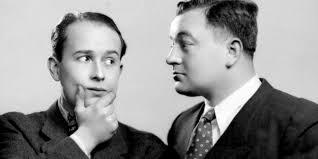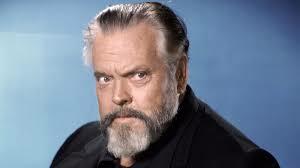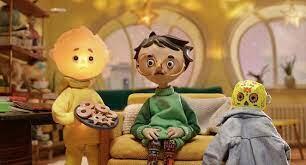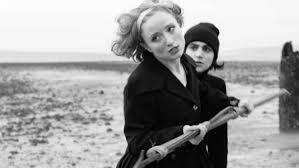In his monumental series The Story(s) of Film, director Jean-Luc Godard remarked that film is "the form that thinks". The composition of images and sounds allows not only to formulate certain ideas, but also to relate self-reflexively to the fundamental elements that shape the film medium. But does the vision of thinking through film survive in a "post-film" age, under the domination of the digital? And how does cinematic self-reflexivity apply in contemporary audiovisual art?
The Thinking with Film project of the Prague City Gallery focuses on the ways in which film language resonates in current artistic production. In recent decades we have become accustomed to various artistic disciplines absorbing the practices of film, video and audiovisual culture in general. What is not often reflected upon, however, is how artists specifically address the fundamental problems of the film medium and its ideological assumptions. How can contemporary art-making not only reshape and shift these principles, but also return to their roots?
The exhibition, curated by Sandra Baborovská, includes both an exhibition of artworks interpreting cinematic practices in the gallery space and a screening of selected films at the intersection of film and visual art in the Ponrepo cinema. Each of the three evenings will focus on one of the defining questions of the film medium: the projection of moving images, the relationship between visual and aural experience, and the existence of film in the face of time.
The first composed evening will offer a confrontation with the works of Martin Ježek and Jan Kulka, two artists experimenting with analogue film projection. Both filmmakers indiscriminately and quite deliberately shatter our ideas of what a cinematic experience should be. They demonstrate the technical processes and mechanisms behind the fact that we see smoothly unfolding images of a familiar world on the screen, but also how to use these processes subversively to (re)explore the fundamentals of the film medium and the moving image. In doing so, they materialize a vision of cinema that aims not to represent and narrate at all costs, but to invent new and novel ways to assault the sensory and nervous systems of the audience.
In the second installment of the series, we will focus on the relationship between silent and sound cinema. The cinematic experience is and always has been audio-visual. Even in the days of early cinema, sound was everywhere: live musical accompaniment, the voice of the commentator, the roar of the audience, the rattle of the projectionist. But what if we tried to isolate the visual and audio components? We will open the topic through the works of Ondřej Vavrečka and Sara Pinheiro. While Pinheiro is mainly a sound designer, Vavrečka is a director and editor working mainly with photochemical film. The clash between sonic composition and silent film will show how we deal with the presence of only one of the film's defining components, but also with the absence of the other.
The third and final evening of the program will reveal the film medium's ambiguous relationship to time and temporality. Film can be both a linearly unfolding plot and a constant repetition of the same fields, an imprint preserving a once-captured moment and a physical object inevitably subject to aging. Through the current films of Czech filmmakers and visual artists - Lea Petříková and Adela Babanová - we experience contact with two notions of temporality: a temporality that exceeds the horizon of everyday experience and a temporality that locks us in the present moment.
Jiří Anger, Sandra Baborovská



